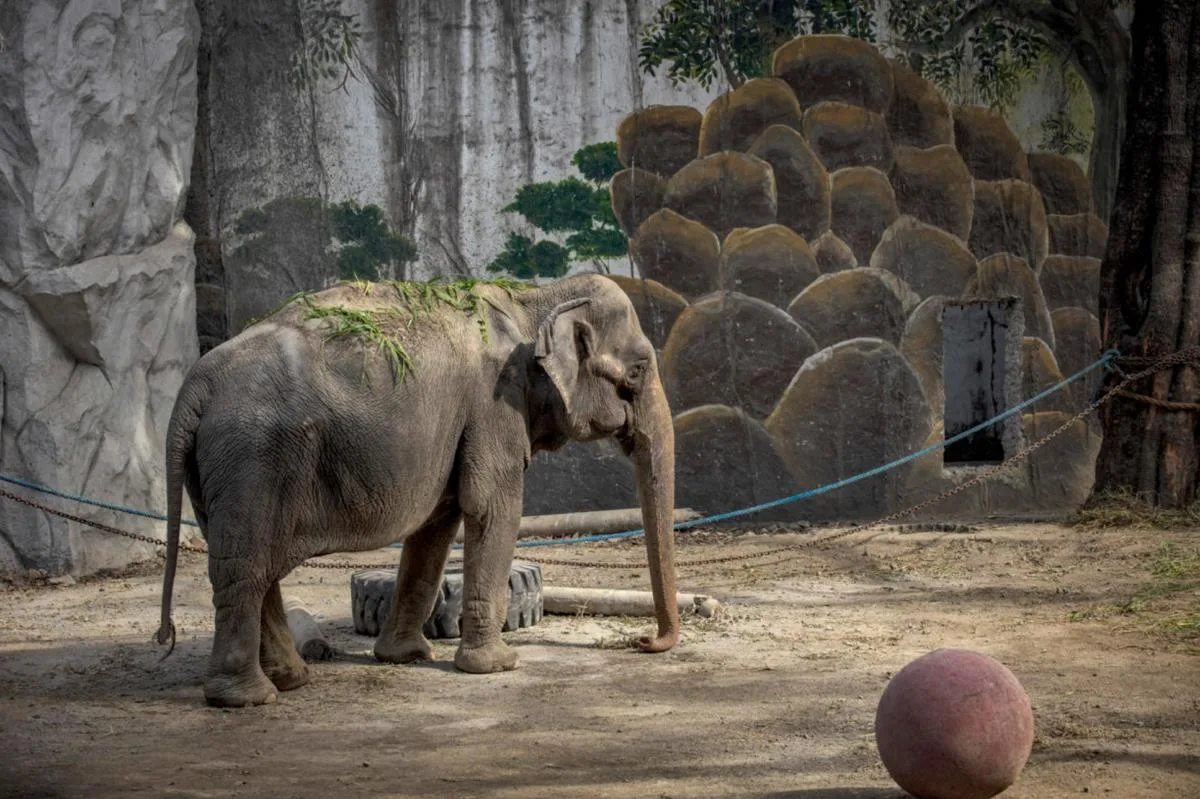Within Mali’s 43-year existence, 42 years were in captivity. Located in the heart of Manila, Philippines overpopulated capital city, she lived alone in Manila Zoo for over thirty years. With no other elephants left from 1990, all she would hear was the white noise of cars, people and developments.
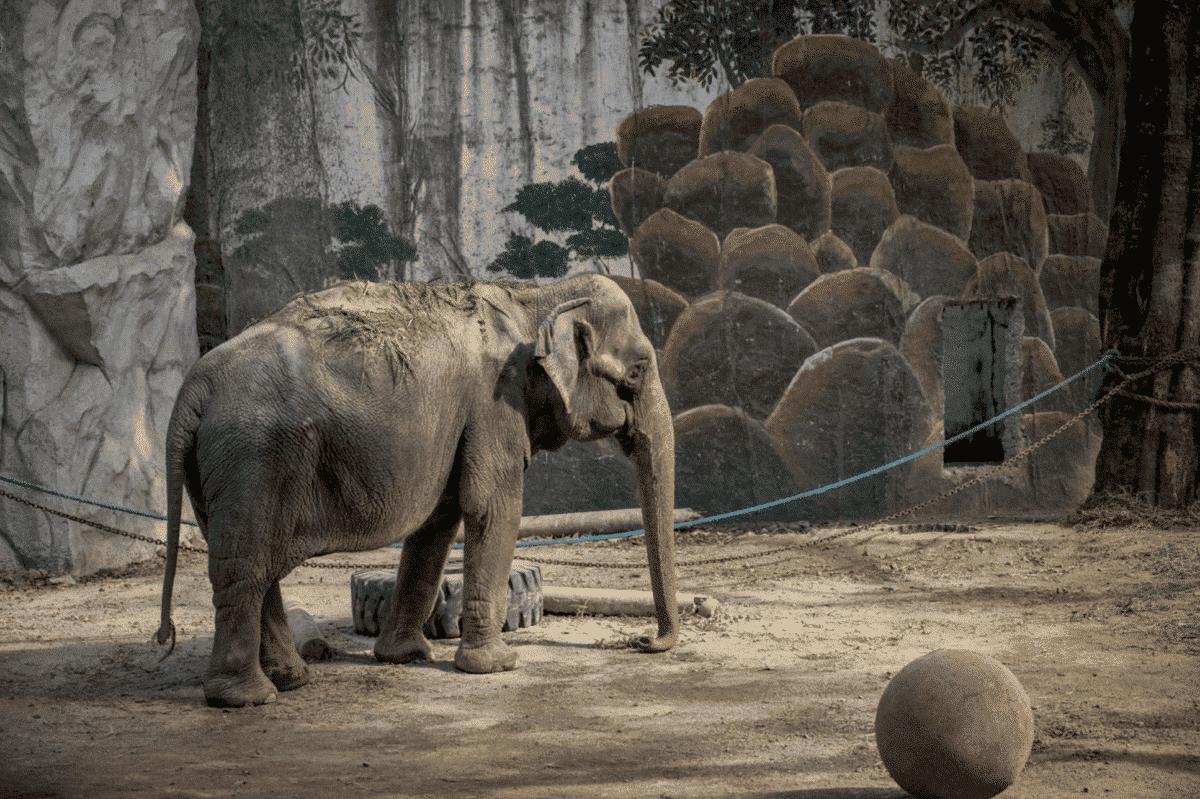
The Asian Elephant, a majestic and powerful mammal, was a gift to former first lady Imelda Marcos by the Sri Lankan government. Within Mali’s lifetime, there were several conservation attempts for her release, but the animal which once stood proud and tall, was left weak and flat, years before her death.
The Majestic Asian Elephant
The Asian Elephant, revered for its majestic stature and inherent power, held a symbolic presence in the Manila Zoo. Originating from the verdant landscapes of Sri Lanka, Mali’s existence in captivity stood in stark contrast to the free-roaming life these intelligent creatures lead in the wild. Asian Elephants, characterized by their large ears, distinctive trunks, and remarkable intelligence, are known for forming strong social bonds within their herds.
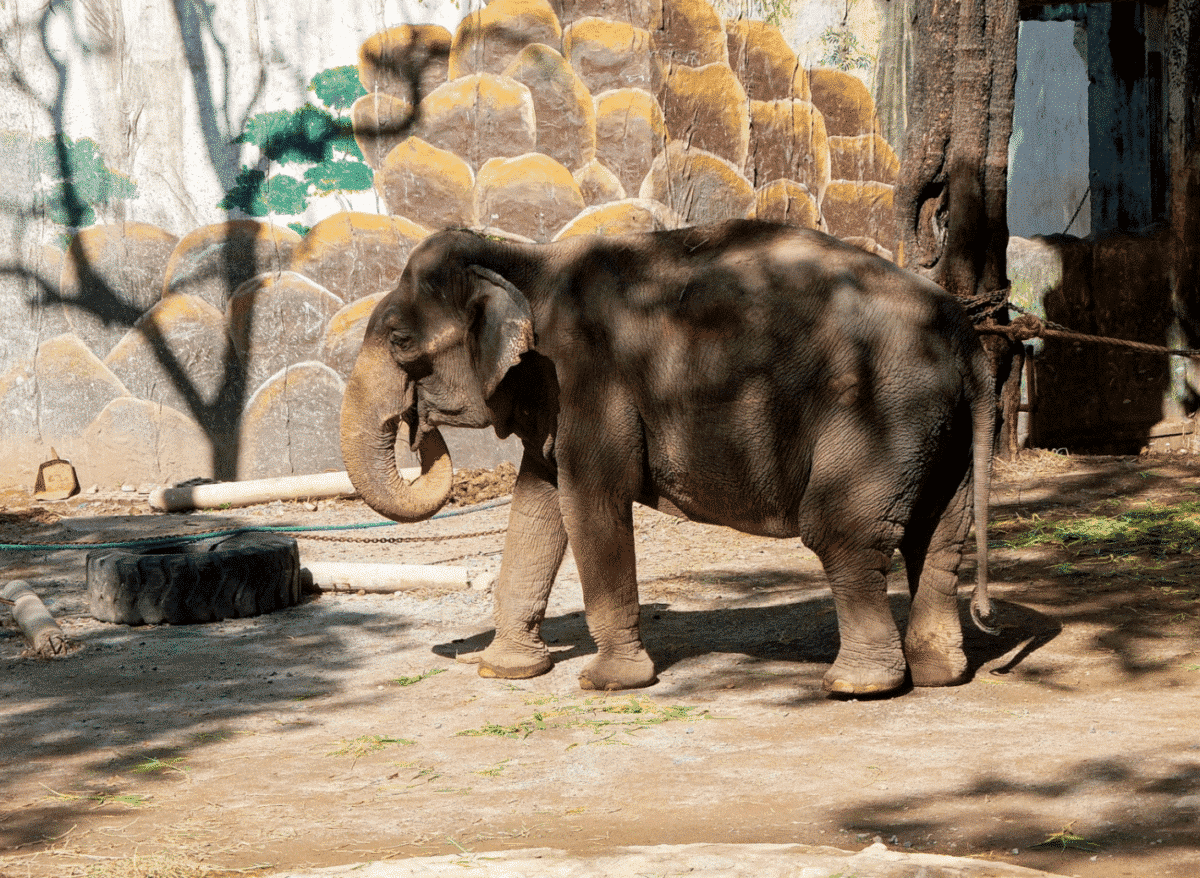
In the wild, they navigate lush forests and grasslands, showcasing their innate ability to adapt to a variety of environments. Mali’s life in captivity, however, denied her the richness of these experiences, leaving her to contend with an environment that failed to meet her physical and emotional needs.
Conservation Attempts and Fading Vitality
Throughout Mali’s lifetime, various conservation attempts were made to secure her release from captivity. Despite being a creature meant to roam vast territories, Mali’s world had been reduced to the confines of Manila Zoo. The efforts to free her were fueled by a collective recognition of the inherent cruelty in keeping such a majestic being in isolation.
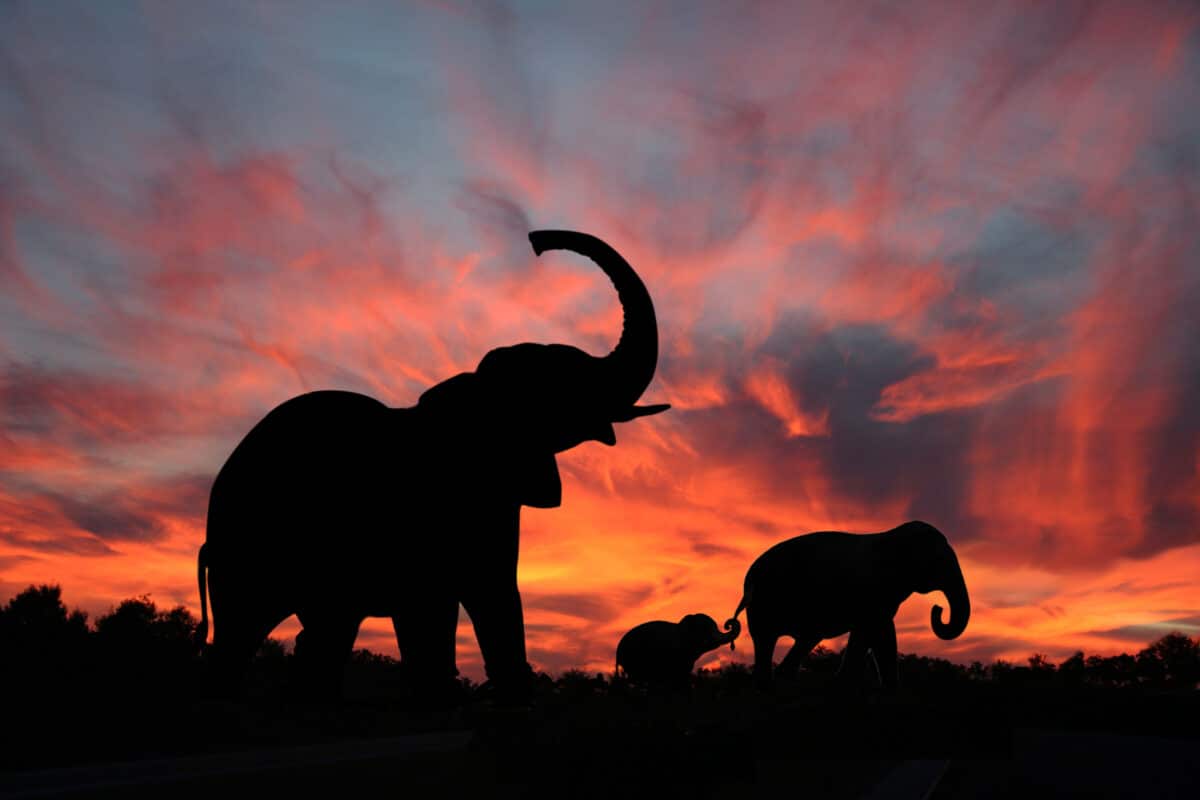
However, these attempts were met with challenges, and as the years progressed, Mali’s once proud and tall stance dwindled into a weakened and flat existence. The toll of captivity on her physical and mental well-being became increasingly evident, casting a somber shadow over the noble intentions of those who sought to set her free.
Beyond Mali – Ensuring a Future Without Captivity
As the world mourns the passing of Mali, the ‘saddest’ elephant, it serves as a poignant reminder of the pressing need for comprehensive conservation efforts. The Manila Zoo, once Mali’s lonely domain, now stands as a symbol of the broader issue of keeping wild animals in captivity.
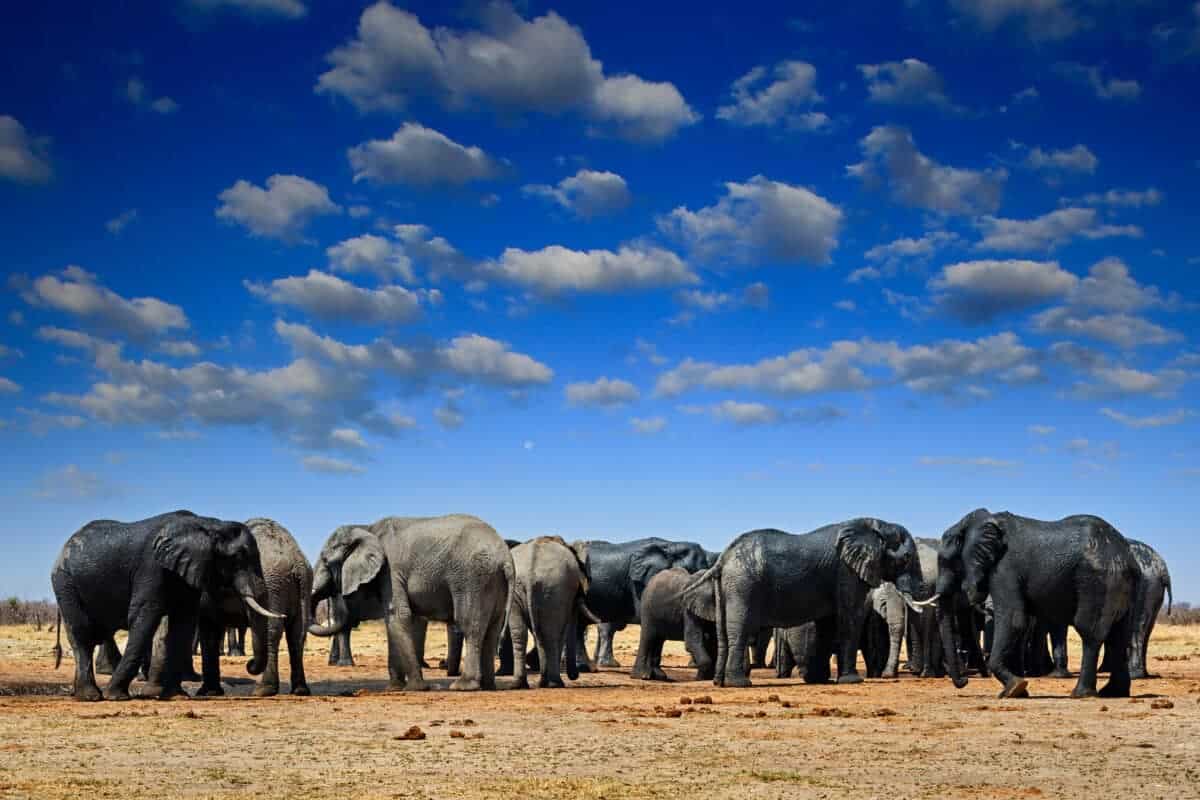
To prevent the repetition of Mali’s story, there must be a collective commitment to creating environments that prioritize the well-being of these majestic beings. Future conservation endeavors should aim not only to release animals from captivity but also to ensure the preservation of their natural habitats. By addressing the root causes that lead to captivity, we can strive towards a future where the majesty of creatures like the Asian Elephant is celebrated in the wild rather than mourned in captivity.
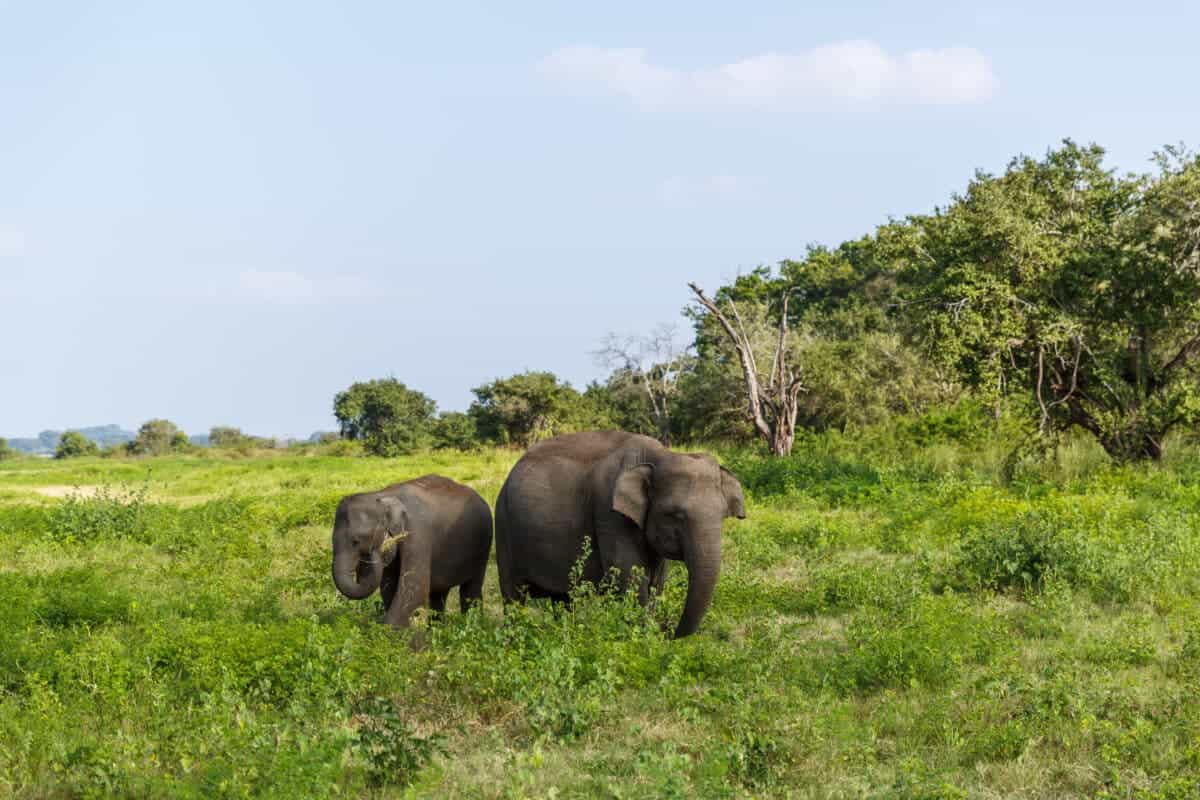
Join our Forum for free today!

- Elderly Man Kills Grizzly Bear in Montana - July 22, 2024
- Missing Cat Found Weeks Later, 40 Miles Away - July 21, 2024
- The Fastest Animal on Earth: So, How Quick Are Cheetahs? - July 21, 2024

